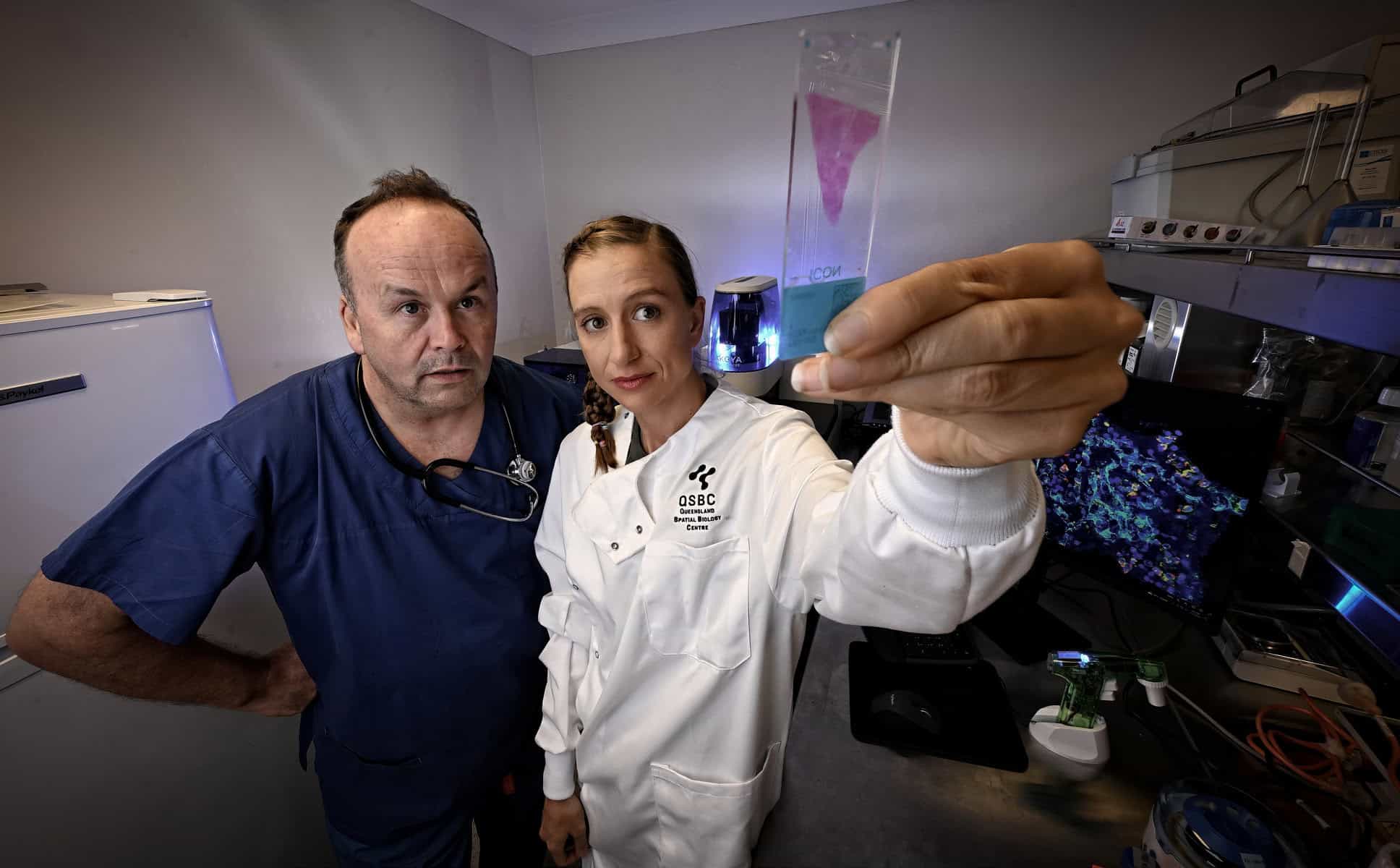
A world-first research project by two Queensland professors is set to offer a blueprint for developing more effective vaccines and therapies specifically tailored to safeguard the health of children and young adults in times of global health crises.
Spearheaded by Professor John Fraser, Dr Arutha Kulasinghe and Associate Professor Kirsty Short, this pioneering study, funded by Wesley Research Institute, will see the researchers examine more than a century old lung tissue from various age groups affected by the 1918 Spanish Flu pandemic. The study seeks to reveal why younger demographics experienced more severe disease outcomes in what was the most lethal pandemic of modern times.
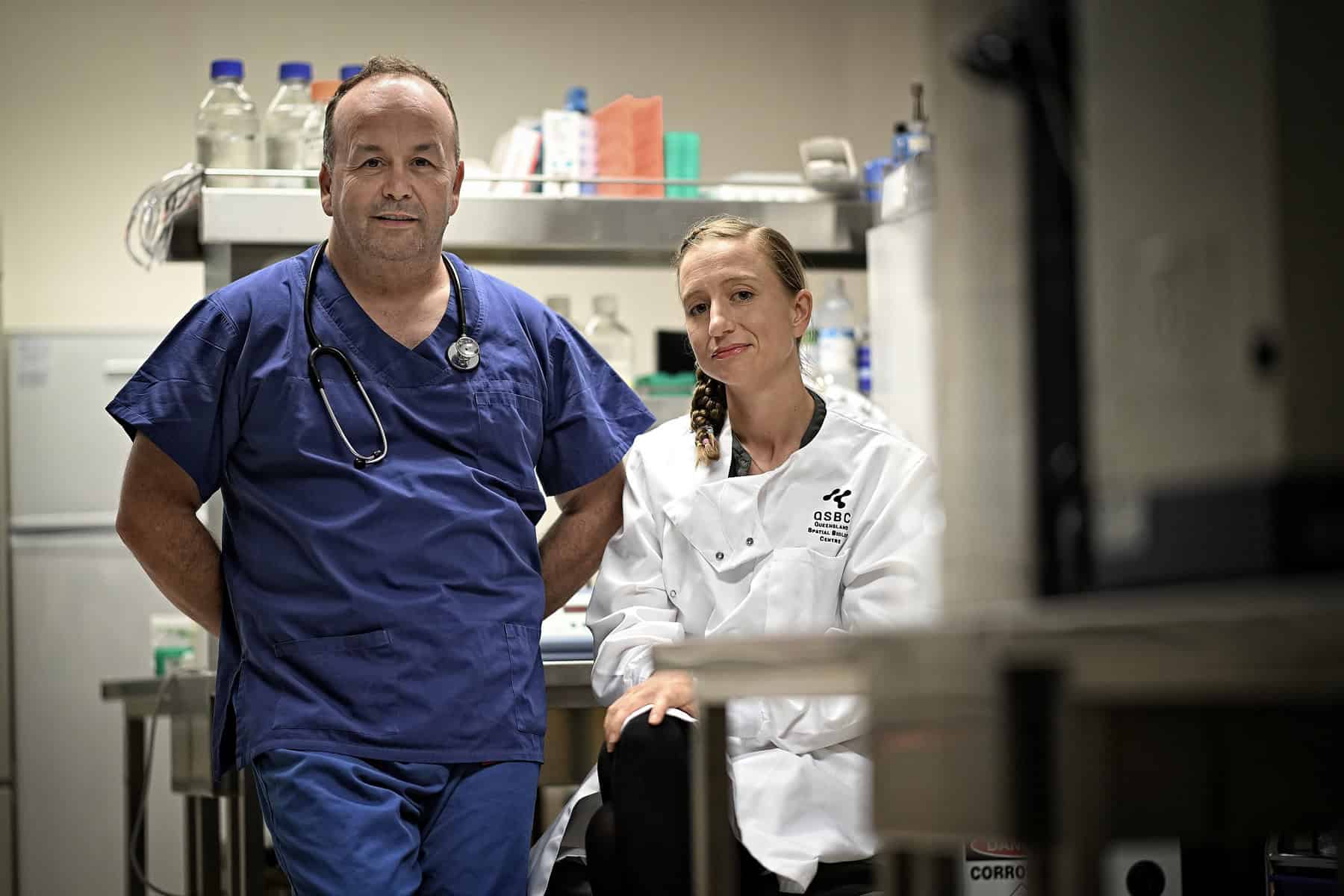
The researchers will use the cutting-edge spatial omics technologies based inside the Wesley Research Institute’s new Queensland Spatial Biology Centre. These technologies enable spatial phenotyping of countless cells at an unprecedented scale and speed.
“Winston Churchill once said ‘never waste a good crisis’. When we examine the data, there’s almost a 70% chance of a pandemic over the next 25 years that will kill 10 million or more,” said Professor Fraser, who is also the Director of Intensive Care at St Andrew’s War Memorial Hospital, Clinical Director of the Queensland Spatial Biology Centre (QSBC) and Director of the Critical Care Research Group at The Prince Charles Hospital.
“Today, therefore, it’s essential that we use the best today to reduce our risk of death when that next pandemic does eventually arrive. Now is the time to prepare, to learn so we are as well prepared and informed as possible. And the best way to learn is to first look back so we can then predict what’s in front of us.”
Dr Arutha Kulasinghe, the QSBC Scientific Director, said the endeavour promised to shift the paradigm in pandemic preparedness, advocating for a future where vaccines and treatments are tailored to meet the unique needs of younger individuals.
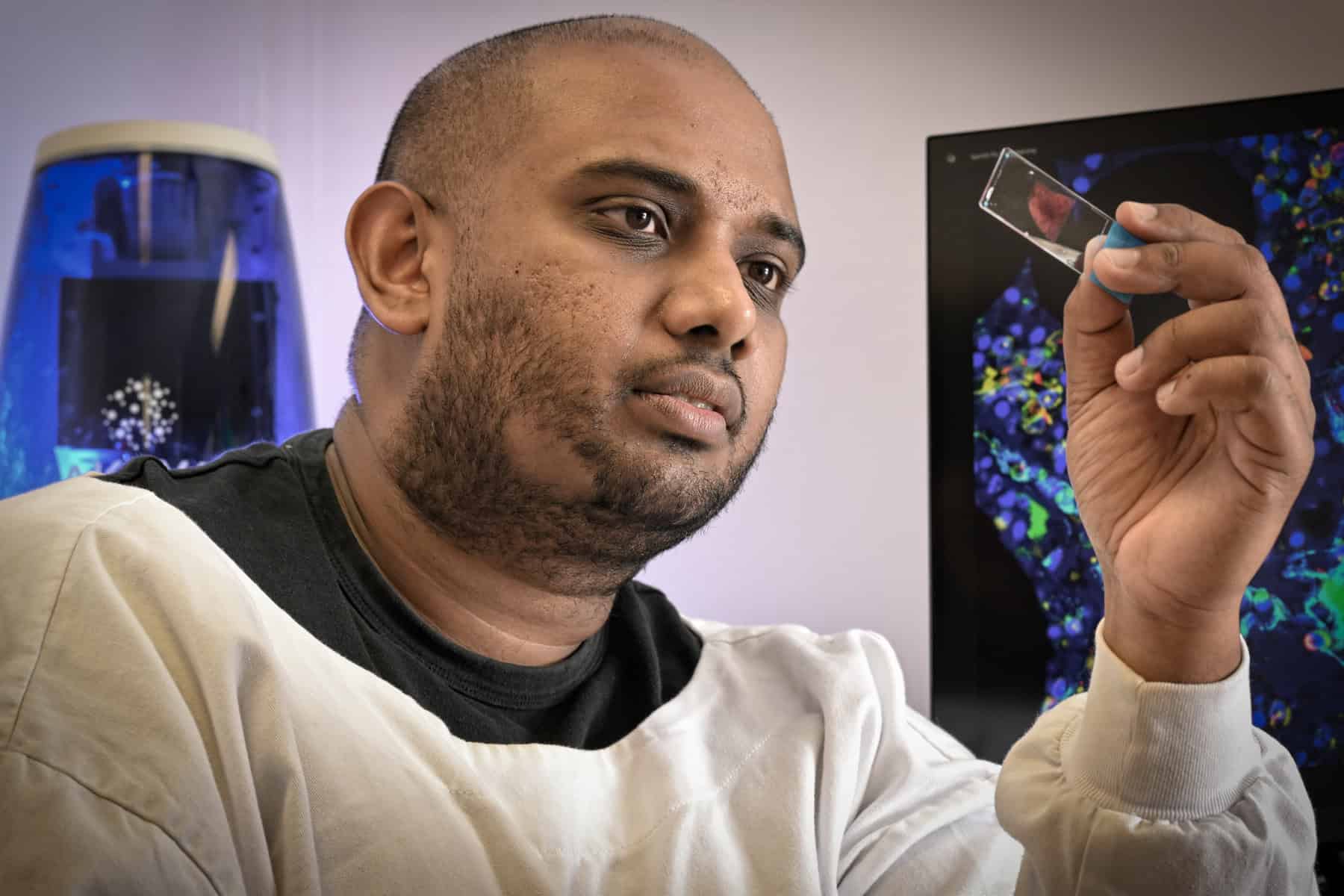
“The opportunity now offered to us to be the very first group to assess tissues from Spanish flu, using cutting-edge spatial omics is such an exciting opportunity to look back into the last century using spatial transcriptomics and proteomics. We want to decode the puzzles of the past so we can forge a path toward more effective pandemic protection for the world’s younger generations.”
Our journey back to 1918 through our QSBC Phenocycler is a mission that could fundamentally improve our approach to developing health interventions for our youth in the future
Dr Arutha Kulasinghe
Utilising advanced techniques in spatial transcriptomics, the study of all RNA molecules in a cell, and proteomics, the study of the interactions, function, composition and structures of proteins and their cellular activities, the research team will analyse lung tissue samples from Spanish Flu victims.
The tissue samples have been retrieved from The Berlin Museum of Medical History at the Charité Campus Charité Mitte, the Naturhistorisches Museum Wien in Austria and the Ainsworth Interactive Pathology Collection in Sydney.
“This research will provide a better understanding of the structure, function and interactions of cells affected by the Spanish Flu virus that caused a disproportionately high mortality rates among otherwise healthy children and young adults,” said Associate Professor Short.
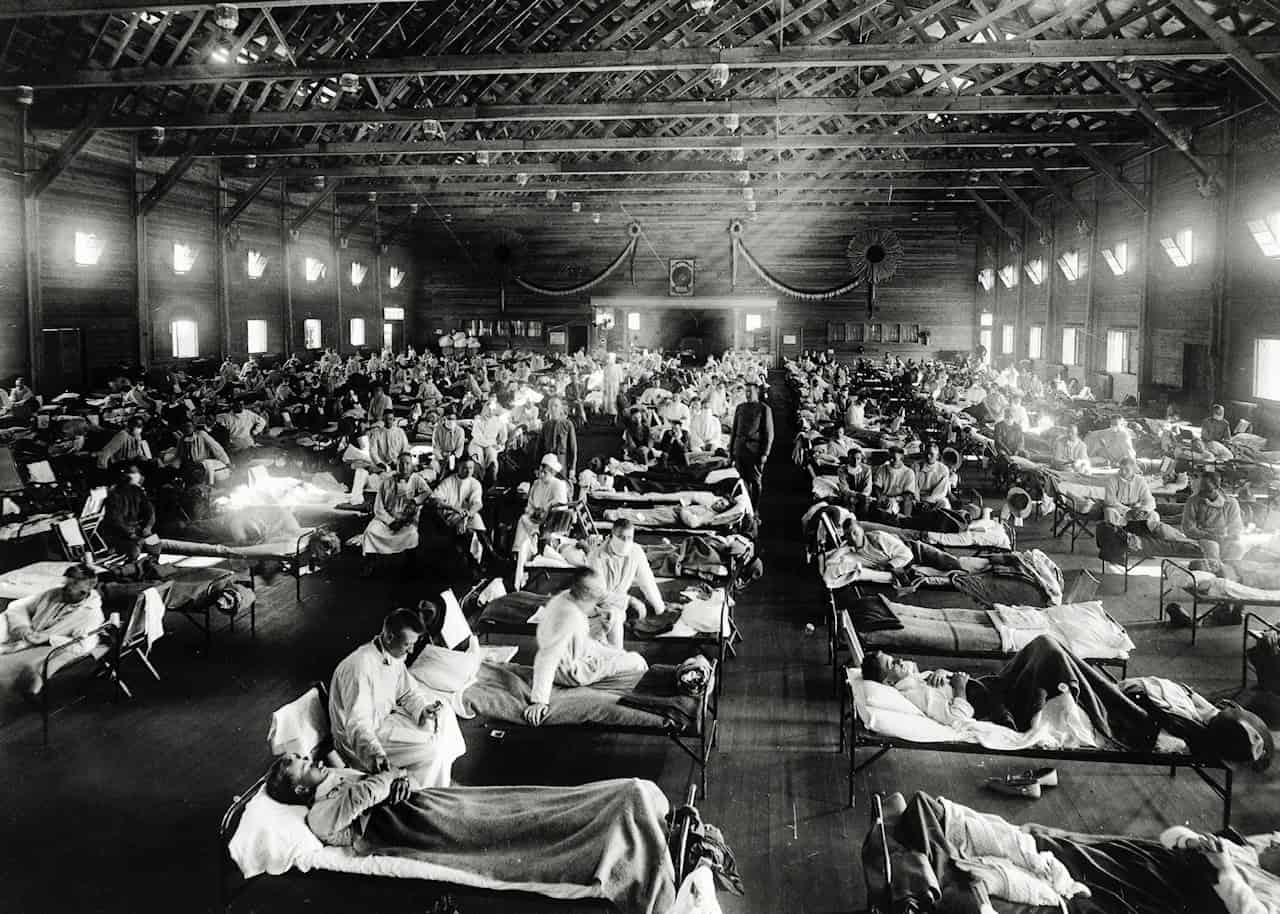
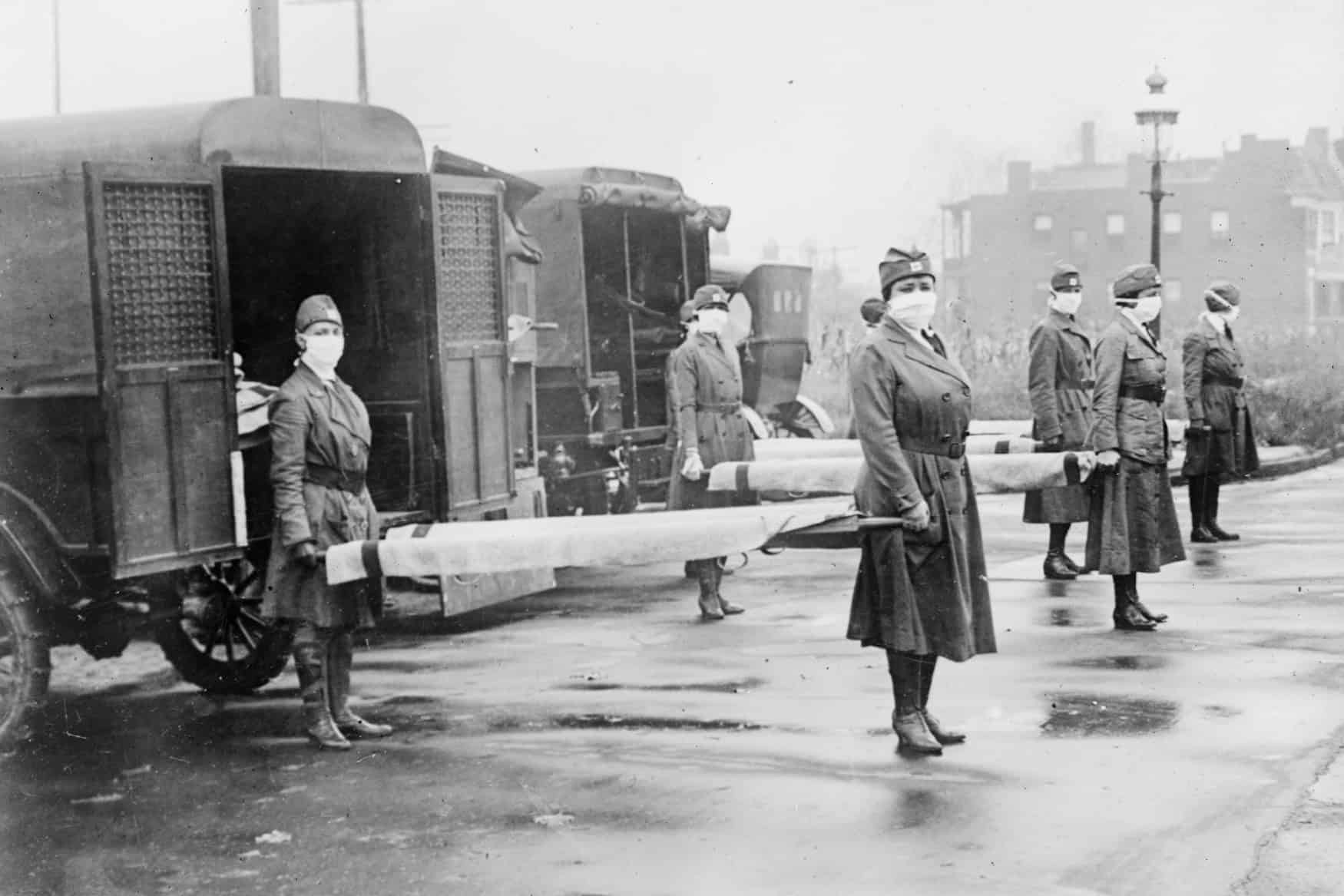
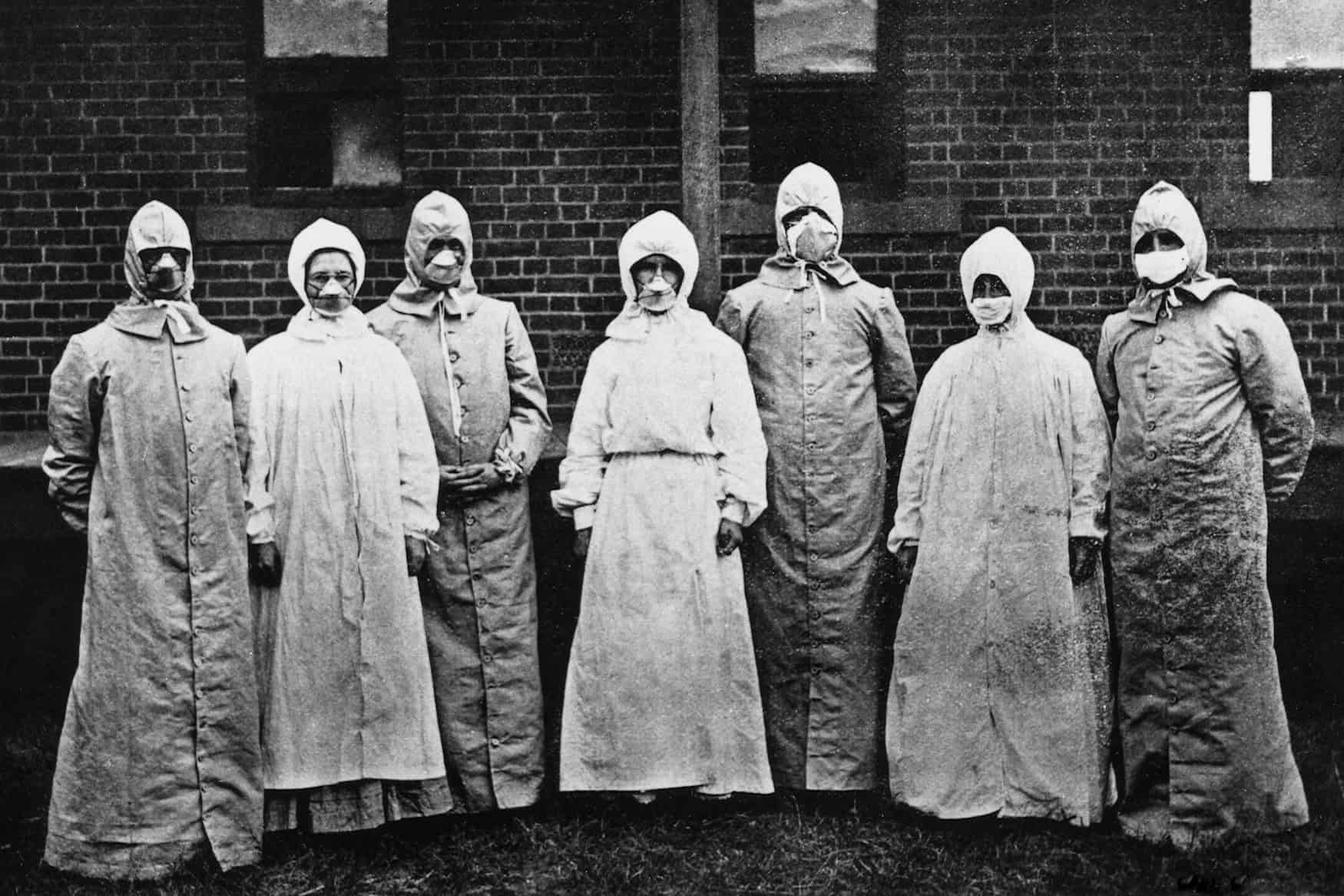
Historical Photos from the Spanish Flu Pandemic
“This research is about making a tangible difference, ensuring that some of the most vulnerable in our society are not overlooked but are instead a primary focus in our battle against global health threats.”
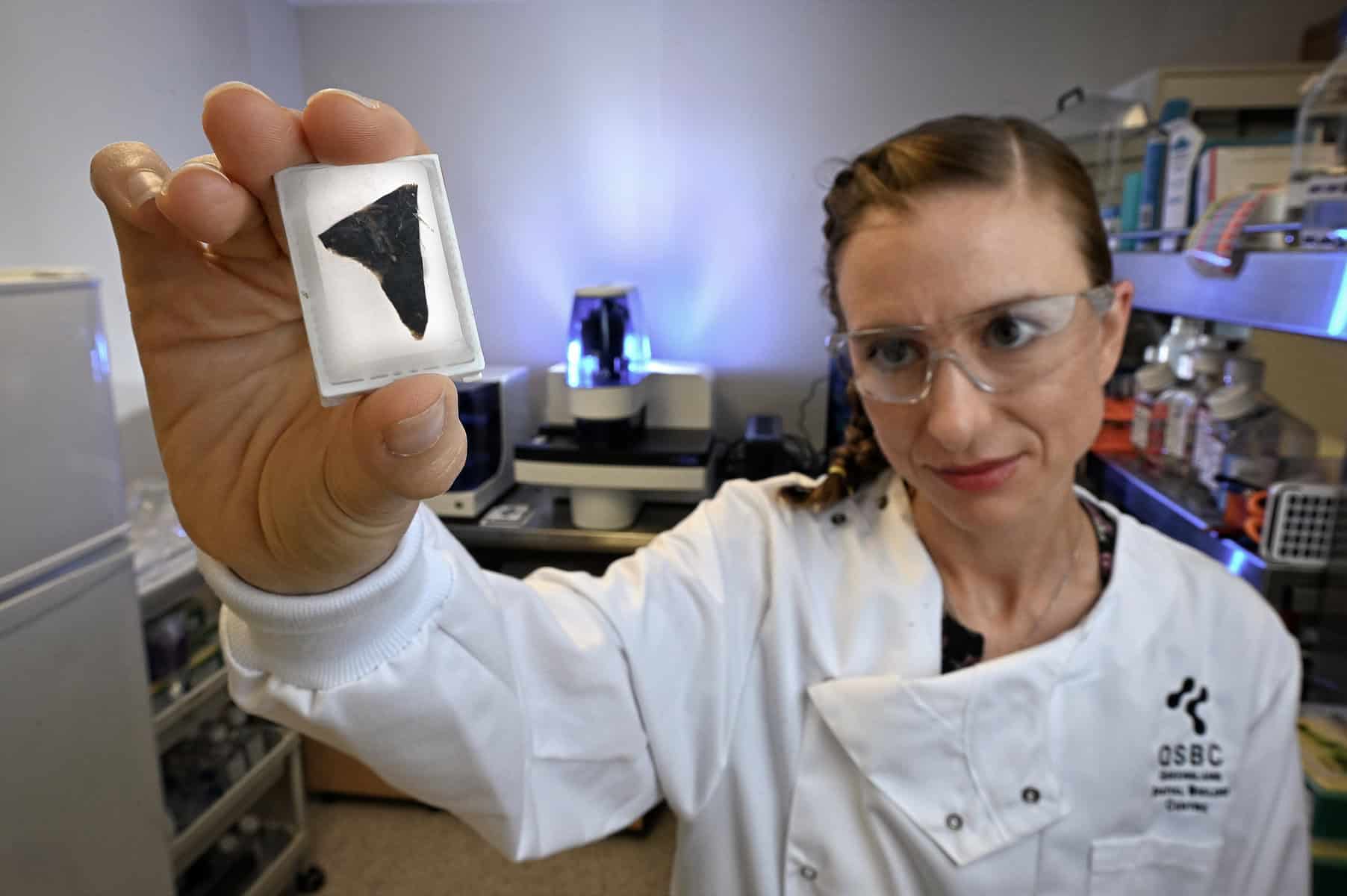
Wesley Research Institute CEO Andrew Barron, said supporting the landmark study, a collaboration between St Andrew’s War Memorial Hospital and the University of Queensland, represented a true unified effort to combat future pandemics.
“By funding this innovative research, we are contributing to the annals of medical history while also actively participating in shaping a safer future for our children and young adults,” said Mr Barron.
It’s a testament to our commitment to leading-edge research that has real-world applications and the potential to save lives
Andrew Barron, Wesley Research Institute CEO
With milestones set for ethics approvals, comprehensive tissue analyses and the completion of molecular assays by 2025, the project is on track to provide actionable insights for influencing global health policies and pandemic response strategies for decades to come.
MEDIA CONTACT: For further information or to arrange interviews with the researchers, contact Director Wings Public Relations Deanna Nott on 0422 504540.